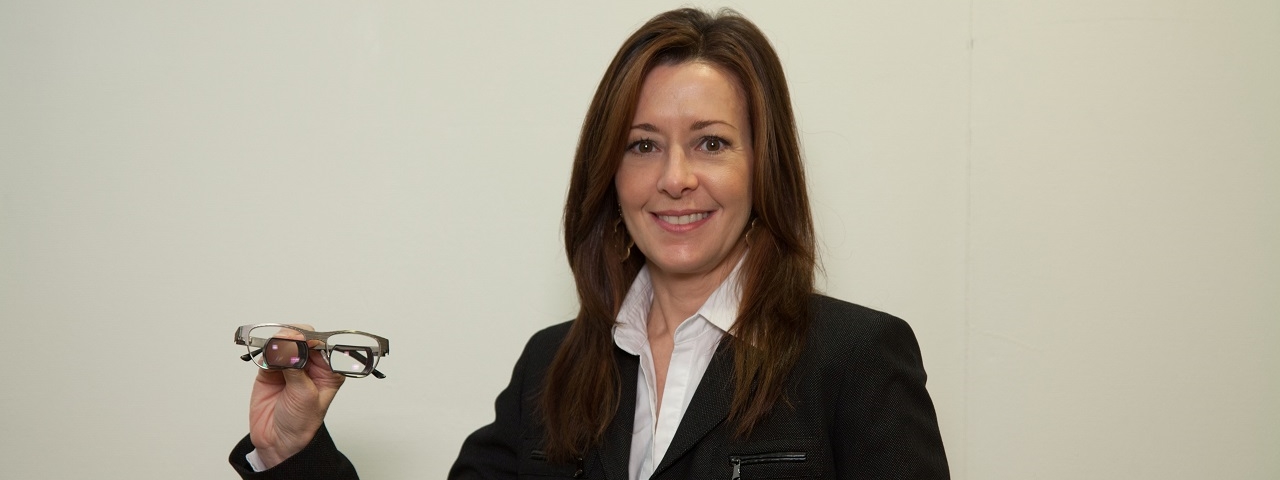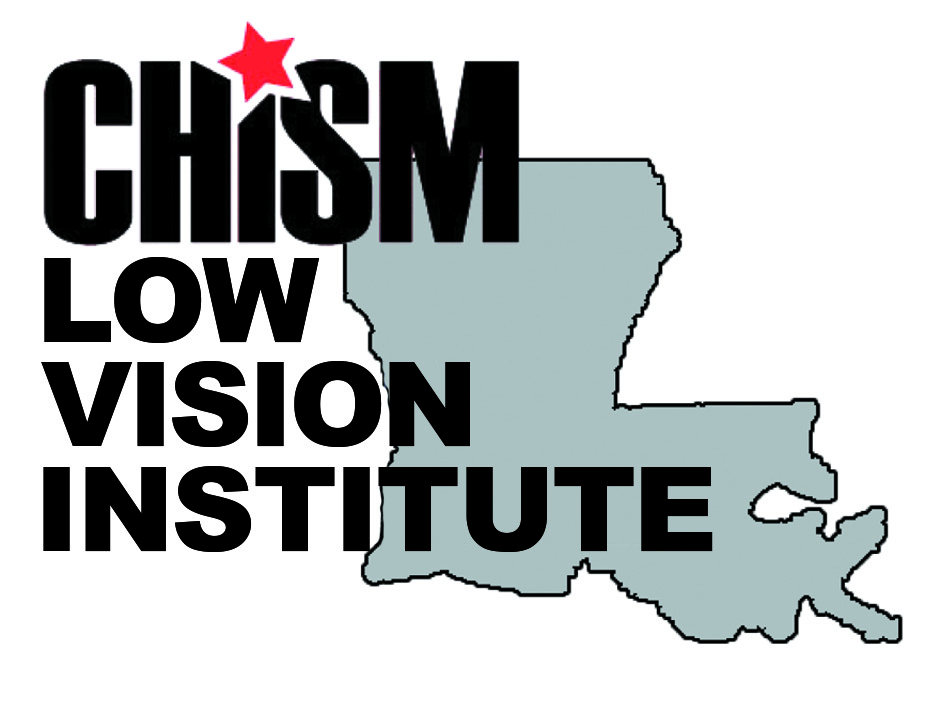
What is Low Vision?
Best-corrected vision (using glasses, contact lenses or refractive surgery) which is insufficient to do what you want to do.
What Causes Low Vision?
Vision loss occurs from a variety of causes. Some conditions are medical. Examples are macular degeneration, diabetic retinopathy, cataracts, and glaucoma. Some conditions are genetic. Examples include Stargardt’s disease, retinitis pigmentosa, and albinism. Other causes can be congenital or traumatic. Low vision doctors are more concerned with the amount of remaining vision, not the cause of the loss itself.
How is a Low Vision Exam Different?
A low vision examination is quite different from a regular eye examination. It is a longer examination, usually lasting one hour or more. It is a “visual function” examination; therefore, medical tests such as dilation are typically omitted. The first part of the low vision examination is conversing with the patient to find out how the reduced vision is affecting their life. The “wish list” is created so the doctor understands what the patients’ goals are. The second part is extensive vision testing. Careful refraction is performed to find out if a new “regular” eyeglass prescription will help. Part three works with magnification, illumination and other optical and non-optical low vision devices. The doctor must determine the best form and level of magnification needed for the person to perform the desired tasks. Telescopes, microscopes, and prisms, with varying levels of magnification and strength, as well as other magnification devices, are presented to the patient. Illumination levels must be determined as lighting plays a major role in vision. Part four is another conversation with the patient to determine the best form and level of magnification for that particular person’s task requirements.
How is a Low Vision Doctor Different from a Regular Eye Doctor?
Low Vision doctors have been trained in the physics, optics and use of high powered lenses and lens systems. They understand the principles of magnification, field of view, and depth of focus. They also have a working knowledge of the advantages and disadvantages of the multitude of low vision glasses, magnifiers, electronic and non-optical devices available. A low vision eye doctor understands how to work with patients and families who can be extremely upset, fearful, and even depressed. It’s a doctor who has the patience and time to explain the eye and vision condition and what the future may hold for patients who may be confused, misinformed and/or have an unrealistic view of their future. A low vision eye doctor has compassion and empathy for what the patient and family are going through as well as the knowledge, resources and experience to help them adjust to the difficult situation. Low vision doctors know how to analyze a task according to the amount of vision, lighting, working distance and field of view needed for completion. They are experts at designing low vision glasses to meet the needs of each patient.
What are the Costs Involved?
The Low Vision Evaluation takes 1-1.5 hours; our fee is $400. For patients with traditional Medicare we are now able to bill Medicare for a portion of the low vision evaluation. This reduces the out of pocket cost to $160, which covers the extended refraction portion of the evaluation. Most insurances do not cover the cost of low vision devices.
Low Vision glasses vary in costs depending upon the following factors:
1. Type of lens system: Telescopic, Microscope, Prismatic, E-Scoop®
2. Monocular or Binocular: a system may be monocular (one eye) or binocular (two eyes)
3. The level of magnification required
4. The patients eyeglass prescription
5. The frame used for the system
6. The number of items on the wish list
Low vision devices are considered to be “task specific”. The glasses are designed to complete the task desired. From time to time, it is possible to design one pair of glasses for multiple tasks, but this is not always the case.
When Do I Get My Glasses?
It takes about two to four weeks for specialized glasses to be fabricated. Arrangements can be made to have them sooner in some circumstances. If a person has a special event happening and needs the glasses, the lab can typically expedite the order.
What Is The Free Telephone Interview?
The free telephone interview is a way of limiting the time, expense and disappointment of people who probably cannot be helped by low vision care. Dr. Douglas has determined that asking the right questions on the phone could determine if a patient was qualified for low vision services. “If not, why put the patient through the time and expense only to be extremely disappointed?” says Dr. Douglas. During the free telephone interview, the doctor will ask questions regarding vision, functional abilities, goals, motivation, health, and mobility to determine if an appointment is in the best interests of the caller.
How Do I Know The Glasses Will Work After I Get Them?
During the evaluation, the patient will use actual low vision telescope, microscope and prismatic glasses on the tasks desired. The doctor and the patient will see that they work BEFORE they are ordered. This will be done again when the patient picks up the glasses. We never order glasses until the patient knows that they work.
What If My Vision Changes After I Get The Glasses?
Almost always, prescriptions and magnification levels can be changed without the need for a whole new pair of glasses. We offer a twelve-month warranty if the prescription changes at no charge to the patient. It is interesting that changes are actually rarely needed.
How Do I Pay For Them?
We accept cash, personal check and all major credit cards.
